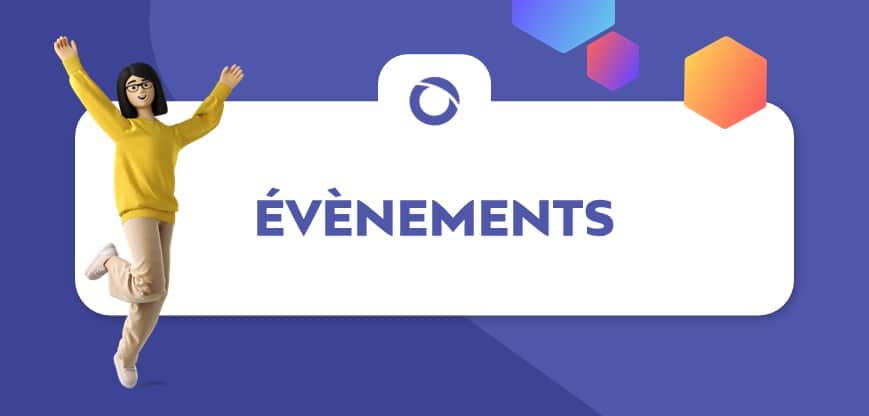Settlement delivery is the back office process, which transfers securities’ ownership (against cash amount) following a negotiation between a buyer (securities) and the seller (securities).
THE DIFFERENT INTERMEDIARIES OF THE SETTLEMENT DELIVERY
The delivery of security can intervene for different reasons. Depending on the type of contract that has been negotiated, it can be:
- A purchase / sale;
- A repo delivered;
- A loan;
- A deposit.
The buyer and the seller of the title will send instructions (we do not speak of order) in order to sign the transfer of ownership.
These instructions will go through a series of intermediaries.
THE CENTRAL DEPOSITARY (OR SETTLEMENT PLACE, CENTRAL SECURITIES DEPOSITORY, CSD)
It is responsible for :
- Keeping the record of all Securities for a given time.
- Keeping the accounts of the local depositories, the level 1 intermediaries are Registered with the depositary.
- Local custodians accounts are called safekeeping accounts
- Position granularity fir the central depository is at the safekeeping account level.
- Checking that the cash and securities accounts of the Level 1 intermediaries are credited and that the instructions are followed before proceeding with the transfer of ownership.
- Noting the distribution of ownership of all securities in safekeeping account for a given issue at the time of execution date of an OST and to accordingly allocate the amount of dividends and/or coupons to the intermediaries of level 1. The dividend’s (coupon / dividend) aggregated amount will have been previously credited to the central depository by the issuer of the security.
Example of central custodians :
- USA: DTCC
- France, Belgium, Netherlands: Euroclear
- Germany, Luxembourg: ClearStream
THE AGENT (LOCAL DEPOSITARY, SUB CUSTODIAN, LOCAL CUSTODIAN) APPOINTS THE LOCAL DEPOSITARY
He is responsible for :
- Keeping the accounts of custodians and level 2 intermediaries registered with him.
- Holding a safekeeping account via level 2 intermediaries with the custodian (this ensures that the properties being managed by the different level 2 intermediaries are segregated).
- Transferring the amount of an OST received by his safekeeping account to his owner.
- The buyer and the seller each have their agent. We then talk about:
- Receiving agent: the agent of the buyer of the security
- Delivering agent: the agent of the seller of the title
The local custodian is referenced as a first level intermediary with the central custodian. He must verify that his accounts are creditor at the time of settlement of the instruments to allow exchanges.
The local custodian is usually a local custodian that serves as an intermediary for custodians who are not referenced with the central custodian and who do not want to have to deal with local specificities (for local customers who have a custodian member with the custodian central, then the agent and custodian roles are aggregated, and in the swift philosophy, only the notion of agent will be retained).
THE CUSTODIAN (OR CONSERVATIVE ACCOUNTANT, GLOBAL CUSTODIAN, DEPOSITARY (GLOBAL), COMPENSATORS, TCC)
He is responsible for:
- Keeping property records (position) for a given time of the title validation for its clients;
- Keeping his clients’ accounts;
- Ensuring that its clients fulfill their obligations to providing accounts with securities and cash so that the exchanges can be settled
- Noting the distribution of the property that it manages for a given issue at the time of execution of an OST and allocating the amount of the dividends and/or coupon accordingly to its customers. The total amount of the dividend (coupon / dividend) will have been previously credited to the custodian by the central custodian (via the agent if applicable).
- The buyer and the seller each have their custodian.
We then talk about:
Receiving Custodian: the custodian of the buyer of the title
Delivering Custodian: the custodian of the seller of the title
If the custodian is referenced by the central repository, the 2 roles are aggregated and there is only one intermediary level.
Indeed, as its customers are likely to intervene in markets around the world and the custodian is not necessarily referenced in all central depositories, it relies on a network of agents to enable its customers to carry out these operations.

Standard OTC Case Diagram

Diagram in the case of a purchase on an organized market
Each counterparty faces the clearinghouse

Beforehand of the delivery settlement chain, for organized markets, there are other actors:
The broker or the market member
He positions orders for his own account or third party accounts on the market. When these are executed, the market sends the order to the clearinghouse; the clearinghouse labels a customer’s orders to deliver only the delta of the sum of sales/purchases. For example, if you buy 7,001 times a security and sell it 7,000 times, the clearinghouse will only send an instruction to receive 1 security.
The clearer
This player represents the client who will perform the netting of his operations at the clearinghouse. The clearer has received from the broker or market member cleared orders from the client/broker’s side. He will then check the operations received from the market with a clean order on the client side.
This netting will define how the client intends to deliver its securities (it can also choose to receive 7001 securities and deliver 7000 securities but will not optimize its execution and delivery costs). Netting will be taken into account during the clearinghouse’s batch.
The connection to the clearinghouse is done by two means. It can either be via the market station in order to perform manual actions; or it can be via an API, a specific and secure protocol.

Instructions outcome
The main characteristics of the trade constitute the Matching criteria that will allow finalizing the property exchange. There are two types of cash / securities exchanges:
- Delivery versus Payment (DvP): the exchange of cash and securities are simultaneous
- Free of Payment (FoP): the exchange of cash and securities are done separately and are not technically conditioned by each other. Therefore, there is a counterparty that is at risk regarding the others, in case of default, until the settlement and delivery are effective.
These characteristics are :
- Instrument identification code: uniquely identifies a fungible title typology (usually an ISIN);
- The type of identification: this code makes it possible to know if the identification code of the instrument is an ISIN or any other type of identification as long as this type of code is referenced in ISO 20022 ExternalFinancialInstrumentIdentificationTypeCode;
- The Currency and the amount expressed in that currency in the case of a PVP;
- The date of trade;
- The date of payment delivery. This is the date on which the transfer of ownership of the securities must be effective.
If these characteristics match the instructions sent by the buyer and the seller, then the instructions are settled. That is if, the central custodian proceeds with the ownership transfer.
Provision Control
Securities and cash provision control consists of checking:
- That the cash account of the buyer’s agent at the central depository is indeed creditor in case of DvP
- That the securities account of the seller’s agent at the central depository is valid to be credited (for both DvP and FoP)
It is generally forbidden to be in a position responsible for a title debit (so-called short position).
Cut-off
The cut-off is to verify that the instructions of the seller and the buyer have arrived at the theoretical date of settlement at a fixed time.
Cut-off times are defined by settlement location and are part of the Service Level Agreement (SLA) of the custodians. If any of the counterparties do not respect the cut-off, they are generally subject to penalties.





